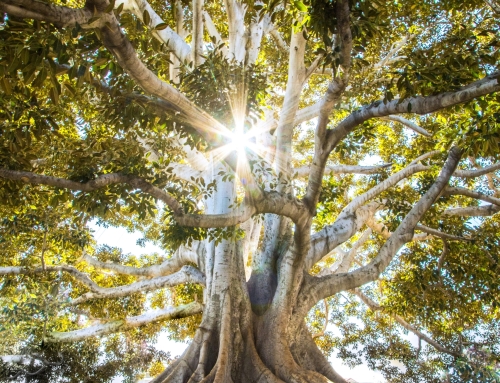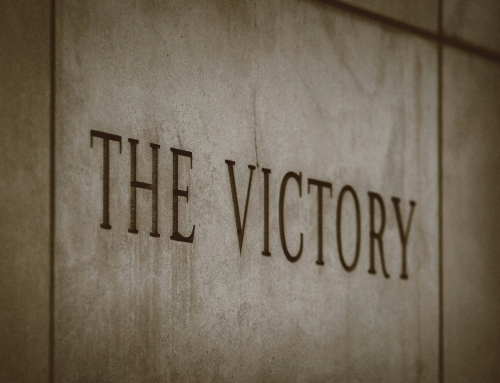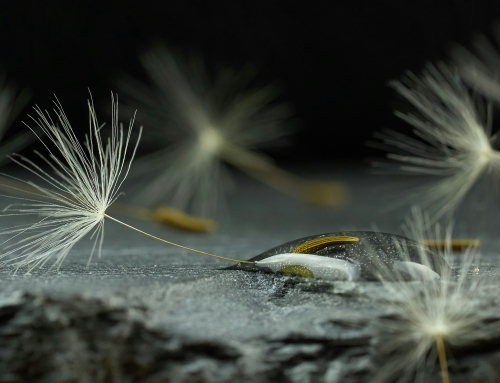Sermon Summary
Creation and Re-creation 6: Man and beasts
The conclusion to the creation work in Genesis 1 is man, created in God’s image. And as the conclusion of God’s work of creation in Genesis 1 was Adam in the image of God, may the conclusion of Jesus’ work of recreation be us, made in the image of God.
Man that God created
How was Adam so special and different from the other beasts? The Bible tells us that there is a key difference. First, Adam received the covenant from God. God only gives the covenant to human beings, not to beasts. Second, Adam was called a living being. He had the body which was created out of the dust of the ground, and God breathed into him the breath of life. Adam had a physical body, but he lived in the spirit of God, thus making the garden of Eden a spiritual place where God and man could dwell together. Third, Adam was a man created in God’s own image. He had the covenant of God, the breath of God, and the image of God.
But when Adam rejected God’s Word, he rejected God’s Spirit, the breath of life which God had breathed into him. This caused him to fall to a finite life. He had physical breath, but death would come for him. This is two-fold separation: the separation between man and God, and the separation between spirit and body. Adam was like a flower cut for an arrangement. The flower looks alive, but will soon wither and die.
As one made in the image of God, Adam had the power and wisdom to reign over creation. Second, Adam had the holiness of God. Third Adam had the righteousness of God. Righteousness is like the light that shines brighter and brighter (Matt. 13:43; Prov. 4:18). These aspects of the image of God were lost because of the fall. The covenant, breath of God, and image of God need to be restored.
The spiritual meaning of man and beasts
Why did God put Adam in the garden of Eden? To cultivate and keep the garden (Gen. 2:15). The Hebrew word for cultivate is abad, meaning to serve or to worship. Adam was supposed to cultivate the soil of the garden so that more and more people would worship God, but he sinned and fell. Adam and all of humankind would return back to being the dust of the ground, to be eaten by the serpent (Gen. 3:14, 17-19). And so the Second Adam, Jesus Christ, had to come to cultivate upon the soil. The blessed ground that is tilled receives the seed and rain, but the cursed ground yields thorns and thistles, will be thrown away and burned (Heb. 6:7-8). Which kind of soil are we? Jesus came to us to cultivate the ground of our hearts, so that we can turn from a natural body to a spiritual body (1 Cor. 15:44). The dust of the ground must turn into a living being once more. The earthy man returns to the ground as dust. But if we are cultivated by the heavenly man, we will be transformed into the heavenly image (1 Cor. 15:47-49; Jn. 1:13).
The Apostle Paul puts it this way: as branches, we need to be cut off from the tree of sin and grafted onto the tree of life. If we are still connected to the tree of sin, then we will only bear the fruit of sin (Rom. 11:17, 24). We need to put off that which is perishable in order for us to conquer death (1 Cor. 15:51-55). This is what it means for us to become truly man, rather than remaining as beasts of the earth.
Beasts are those who do not have the breath of life, the Spirit of God. Without God’s Spirit, no one can understand God’s Word or will (Psalm 49:20). Beasts do not have the Spirit of God, the image of God, and the covenant of God. And this means that they will live only to satisfy their own greed (Num. 11:4; 1 Cor. 10:6).
Traits of the beasts
In the garden of Eden, a beast caused humankind to fall. And in the end times, the beast will seek to destroy those who are spiritually human beings (Rev. 12:1-4; 13:1-2). Those who dwell on the earth will worship the beast (Rev. 13:11-13).
The beast is crafty and deceiving, like the serpent in the garden of Eden. The beast will be disguised as someone who lives according to the Spirit, but instead uses the things of God to lead people away into the things of the flesh. They will speak blasphemy against God, and will wage war against the saints of God in the end, performing signs and wonders that lead many astray. The beasts represent the powers of this world. But the saints of God will have victory by following the Lamb of God. We must therefore examine our faith: am I still trying to follow the flesh instead of the Spirit?
Conclusion: Jesus’ recreation work in the Gospel of John
In John 1, Jesus is introduced as the light of the world. In John 2-5, people such as the Samaritan woman and the man who was sick for 38 years constantly seek for water, but only manage to find the waters below. However, Jesus comes as the water from above, the water of life. In John 6, Jesus feeds the people with fish from the water and bread from the land. Jesus crosses the water, comes to the land, and tells the people that He is the food from heaven, manna, and that they need to eat His flesh and drink His blood. John 7-9 rehashes the theme of Jesus as the light of the world, the one who governs the day, and the one who gives sight to the blind. John 8-10 shows Jesus’ disputes with the religious leaders. And in John 11, Jesus raises Lazarus from death.
Lazarus was in the tomb for four days when Jesus arrived. How late was Jesus after death through the fall? Jesus came four thousand years after the fall. And if one day was to be counted as a thousand years, then Jesus came four days late (2 Pet. 3:8). Jesus came to bring life into that which was dead.
John 12-19 are about Jesus’ suffering and crucifixion. But in John 20, the scene is set in a cemetery, but Jesus is portrayed as a gardener. The scene is about a man and a woman in a garden, just like Adam and Eve. And int he end, Jesus comes to the disciples and breathes on them in the end, saying ‘Receive the Holy Spirit’ (Jn. 20:22). This is the restoration of the breath of life. May we be restored through Jesus, who gives us the breath of life and makes us into living beings once more.
AMEN.




